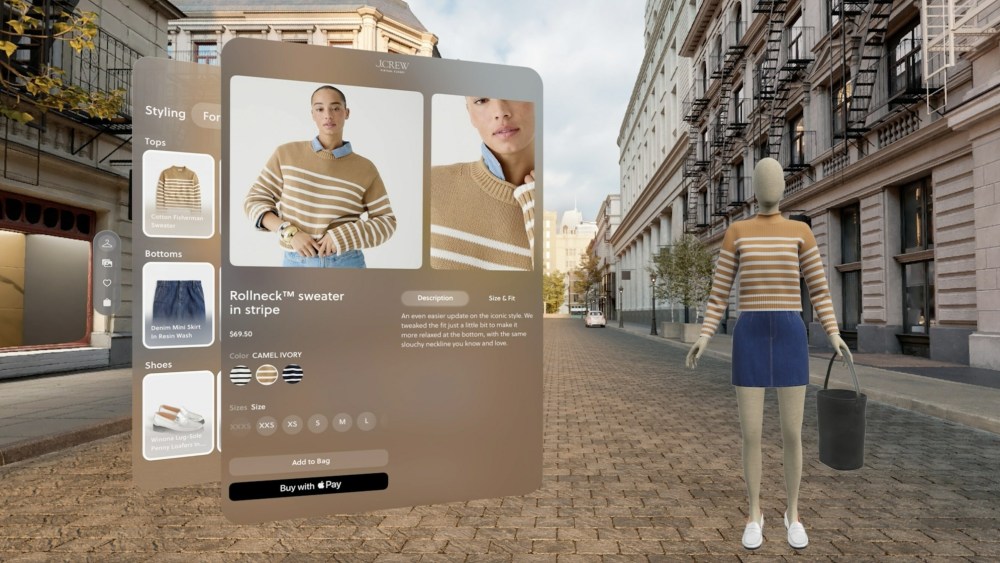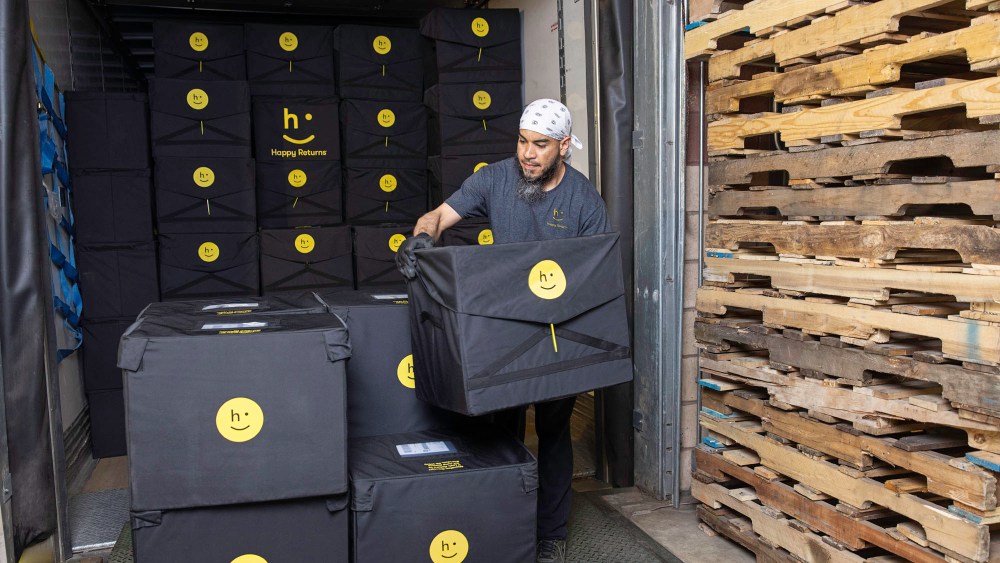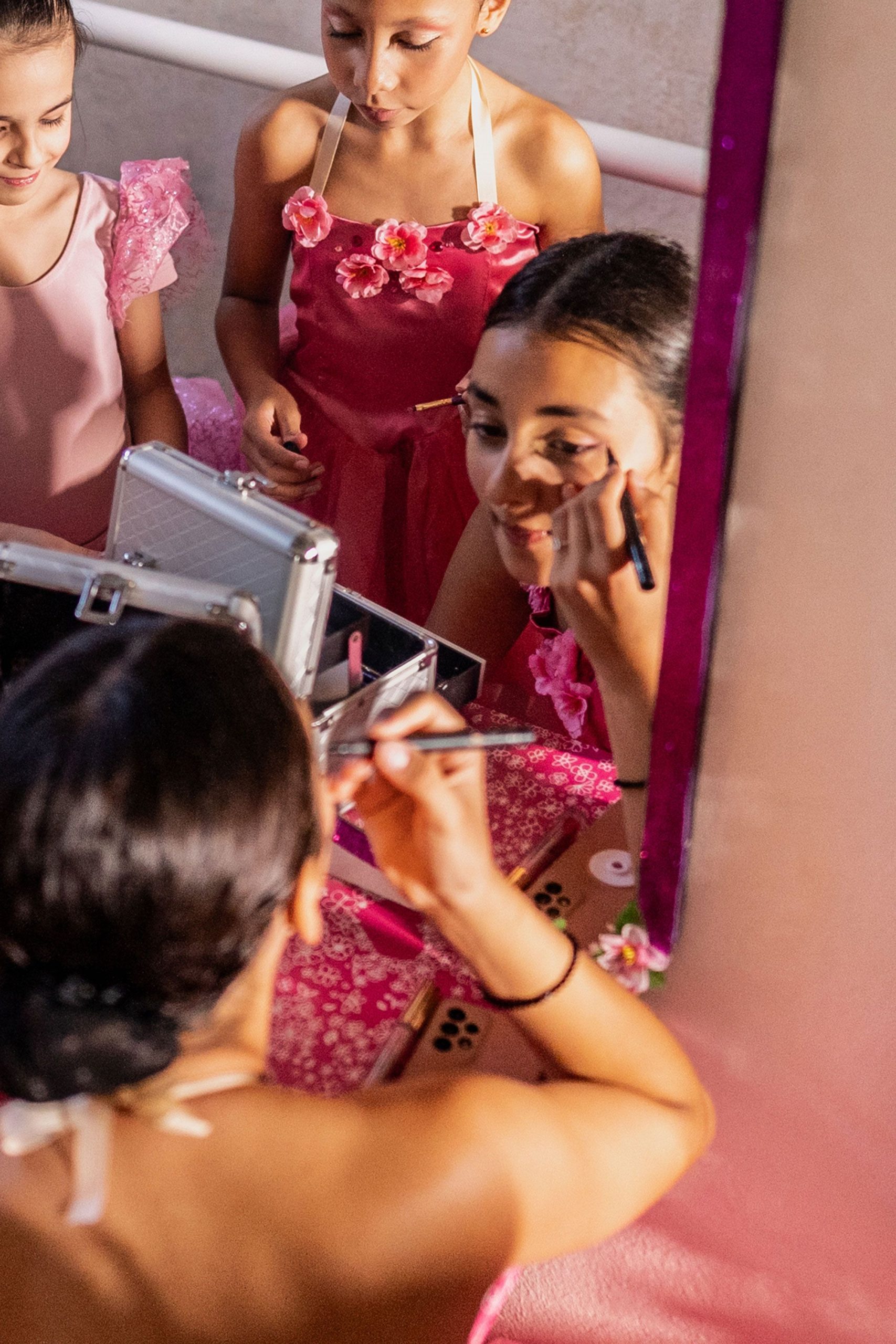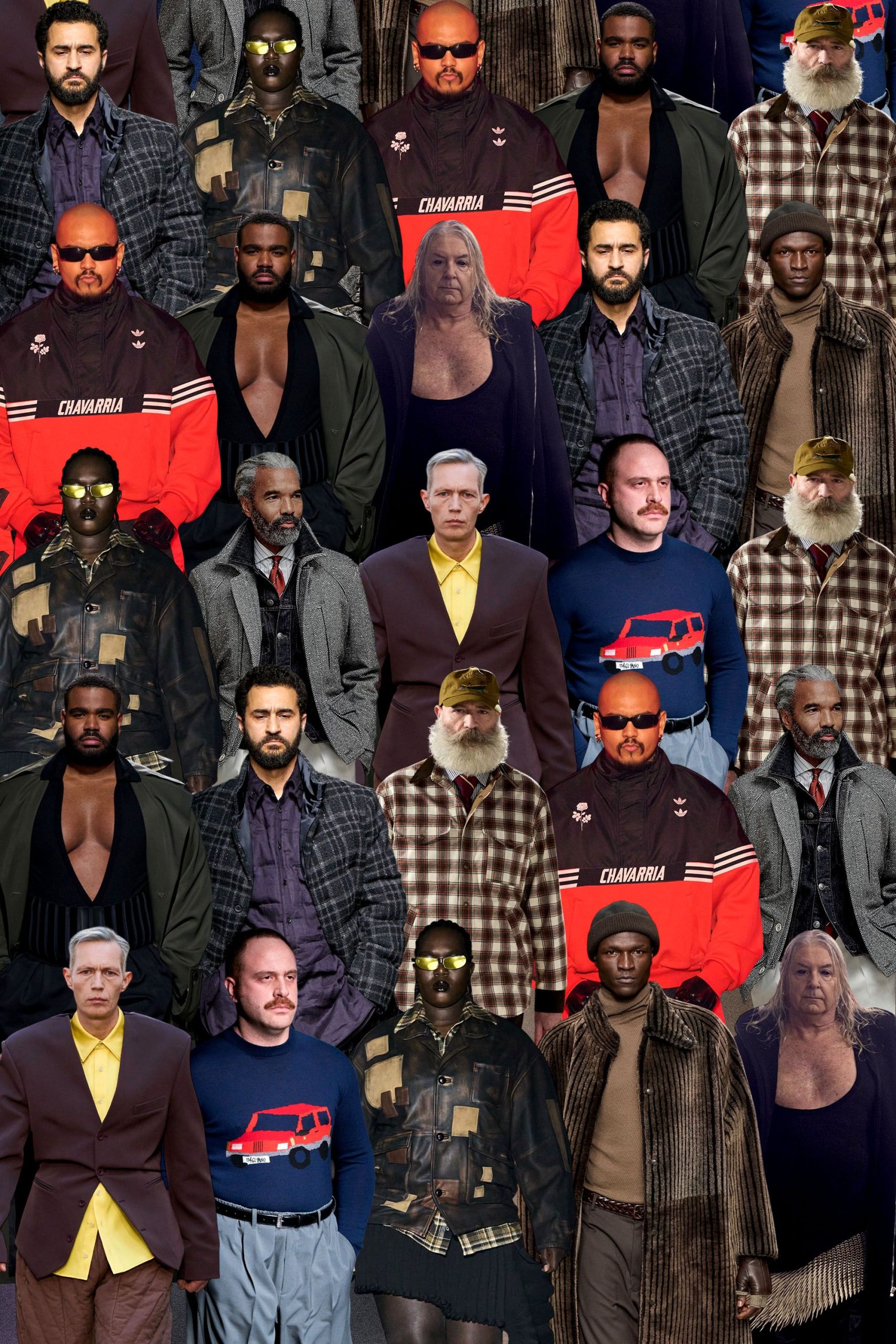
Obsess is going infinite.
Infinite Reality has signed a definitive agreement to acquire Obsess, giving it a leg up in the growing world of 3D digital stores and experiences. Terms of the deal were not disclosed.
Founded in 2017 by chief executive officer Neha Singh, Obsess has created digital spaces for Ralph Lauren, J.Crew, Mytheresa, L’Oréal, E.l.f. and more than 400 other brands.
It’s the kind of forward-leaning technology that was buzzed about nonstop a few years ago, before public consciousness moved on to other things.
You May Also Like
But Singh is still leaning forward.
Obsess built a platform that lets consumers buy looks and explore brands in 3D digital spaces. By linking with Infinite Reality — which specializes in extended reality, artificial intelligence and other immersive technologies — the company can now go bigger.
Singh, a former Google software engineer and head of product at Vogue, is joining Infinite Reality as chief innovation officer, and will help to reimagine how brands connect online with consumers.
“Infinite Reality essentially gives us a platform to be able to grow in a much faster way and meet the vision that we have always had,” Singh said in an interview.
“When I started Obsess, what I saw was that we have been in this kind of flat version of web pages and of the internet for so long because that’s what was possible with hardware and network speeds,” she said. “But that is changing rapidly as we have more and more powerful processors on our mobile phones and we have faster and faster internet speeds, and the consumer is now demanding rich, interactive, immersive experiences. It started with gaming, but now it’s really going into all kinds of other verticals.”
Currently, most consumers reach the 3D experiences Obsess makes through mobile, tapping their way through, say, a shoppable Ralph Lauren store, taking in the decor, reading information on various products and buying.
But the business has started building out for other platforms, including gaming, where Roblox is front and center.
“Roblox is hugely important for brands and is going to become more important even this year,” Singh said. “First of all, because Gen Z is now spending more time daily on Roblox than on Instagram and TikTok combined. And secondly, because Roblox introduced physical product commerce this year, so now brands can actually sell everything they sell on their websites through Roblox. That’s access to a huge audience.”
Singh described shopping in 3D as a “very active form of engagement” online that increases time spent with a brand and interactions between consumers and brands.
“On average, in terms of engagement, we see people spending twice the amount of time on this one [3D] page on the brand’s e-commerce website, then all the other pages of the site combined,” she said.
Average order value can also increase up to 80 percent with an Obsess store.

The virtual take on Benefit with Obsess.
Courtesy
The deal offers a peek at a still-emerging corner of the digital world, where ideas tend to percolate, boil over, simmer down and then, if they really hit, end up just about everywhere.
Karina Kogan, chief marketing officer of Infinite Reality and president of iR Studio, said the company wants to take what Obsess has built for large enterprise clients and make it more readily available for smaller companies.
“A lot of brands like to talk about democratizing a thing,” Kogan said. “I hope that we’re democratizing access to XR [extended reality]. One of the things that allows us to democratize access is AI, because AI can be trained to automate processes that have historically not been automated.”
That’s a work in progress.
AI, for instance, can produce realistic looking photos from short text prompts. The same is not true of the 3D spaces that users can travel through with a click.
“We’re not yet at that end state largely because the foundational libraries on which the AI needs to be trained on don’t exist,” Kogan said. “The robots can’t be trained if there’s no training manual. Part of our job is to create those training manuals.”
As that capability grows, so could immersive digital experiences as it would be easier for more brands to try 3D. And that would be a game changer when 3D is compared with the more traditional e-commerce experience, which is still dominated by grids of products.
“What happens to your brain on immersive? There’s research that shows that when we experience immersive, like these sort of visually stimulating 3D experiences, our brains light up, we have a higher emotional response, we tend to have higher recall of those experiences. They’re more memorable,” Kogan said.
“The younger generations who are growing up in environments like Roblox or Fortnite or Minecraft, their sensibilities are different than these older generations,” she said. “What we hope to do is capture that attention, those behaviors and scale the ability for those people to create content through our platform to create spaces, to use those spaces, places they can stream video or shop or whatever.”







